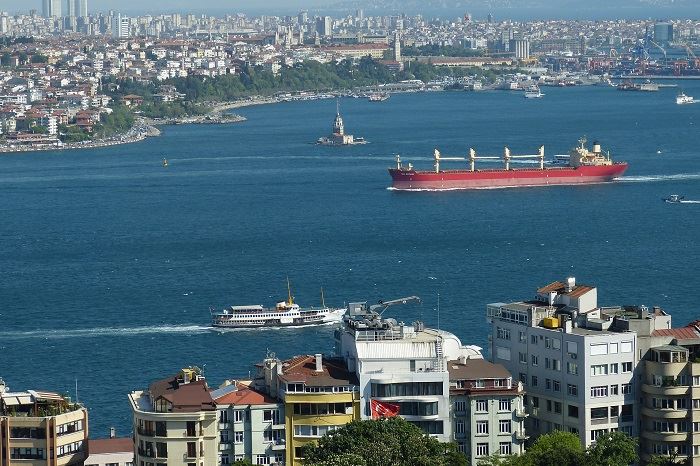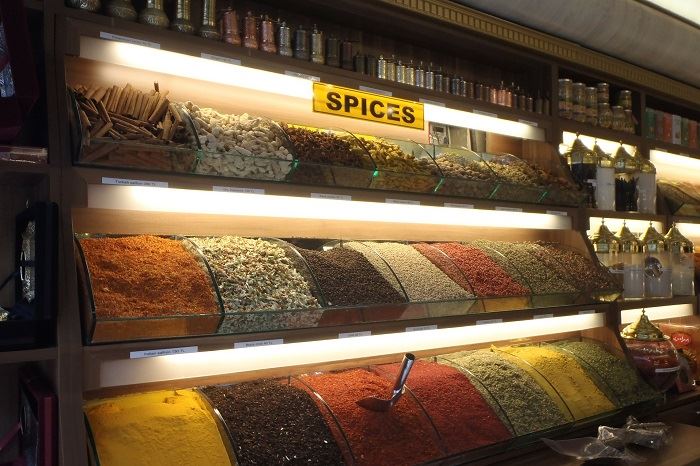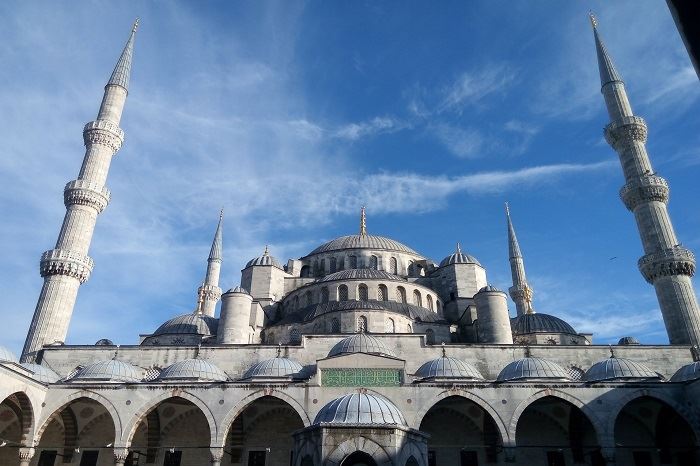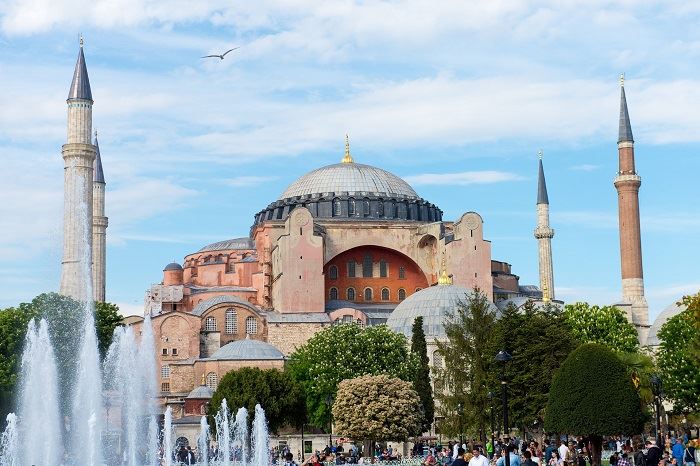Just off the coast of Istanbul, in the Sea of Marmara, sits an archipelago known as the Prince’s Islands. Called Adalar in Turkish, they provide a stunning haven away from the general hubbub of the city centre. During the weekends, many of the locals will join the tourists on the islands and attempt to escape from the pressures of life.
As we always do when discussing the brilliant sites Istanbul has to offer, we’ll first dip into the history of the archipelago before then offering some advice on visiting today!
History of Prince’s Islands Istanbul
How did this set of islands get their name? Like most locations in Istanbul, they have historical significance and many important figures through the years have been exiled on the islands. For example, many members of royalty (including princes) were exiled during the Byzantine period and this occurred again when Ottoman sultans (and the family of the sultans) were also sent to the islands.
Aside from these links, the islands have also housed not only Turks but Greeks too. In fact, in a 1912 survey, the Turks were outnumbered around one to 15 on the islands. Over time, however, the ratio has changed slightly and more wealthy jet-setters from Turkey have settled on the islands.
When historians talk about Constantinople, one of the key themes that arise is the multicultural society. While this is less prominent in modern-day Istanbul, these islands still retain a rare insight into this type of society.
Tourism on Prince’s Islands Istanbul
In the archipelago, there are four main islands; Burgazada, Kinaliada, Buyukada, and Heybeliada. If you’re in Istanbul, they are all accessible from Kabatas (they can also be reached from Asia). Continuing from the previous section, each island offers a different cultural insight.
For example, Buyukada is the largest island of them all and has always been popular for Europeans and the Jewish community. Elsewhere, Greek fishermen used to gather on Burgazada while Kinaliada was a holiday destination for many Armenians.
If you manage to visit one or more of the islands, you’ll see the active mosques, synagogues, and churches.
Transport – For those who want a break from the modern world, Prince’s Islands Istanbul provide a brilliant option here and we don’t mean that disrespectfully; we say it because they don’t allow motorised vehicles on the islands. Once the ferry has taken you across, you’ll travel via carriages or you’ll be able to rent a bicycle.
What about travelling between islands? Well, this is just as easy because boats move between the islands all day and you just need to hop on (free of charge!).
Visiting Prince’s Islands
When researching Prince’s Islands Istanbul, it’s easy to feel overwhelmed; which island should you visit first and where should you spend your time? Ultimately, this is up to you but we’ve got some information that’ll be useful in your decision;
Buyukada – Home of the Greek Orthodox Monastery Aya Yorgi, the largest wooden structure in Europe, and the famous Cankaya street full of wooden homes (one previously belonged to Leon Trotsky), Buyukada is perhaps the most touristic of the islands and makes for a stunning trip.
Heybeliada – Alongside traditional wooden houses, you’ll find yourself on the most natural of the main four islands and it can be great to immerse yourself into the beautiful landscape.
Burgazada – Perhaps the quietest island, it was once home to Greek citizens during the Ottoman Empire.
Kinaliada – Finally, we have the least forested of the four and an island who’s name refers to the rich colour of the surrounding water.
For a day of nature, surreal scenery, and stunning landscapes, Prince’s Islands Istanbul will not let you down!
Let us plan your Istanbul trip that includes a visit to Prince’s Islands. Visit Istanbul with Classic Turkey Tours.
Choose From These Exciting Istanbul Tours OR To Plan Your Own Trip Click Here
3 Day Basic Istanbul Tour
4 Day Istanbul Muslim Helal Tour
4 Day Istanbul Popular Tour
5 Day Best Of Istanbul Tour
5 Day Istanbul & Gallipoli Tour







